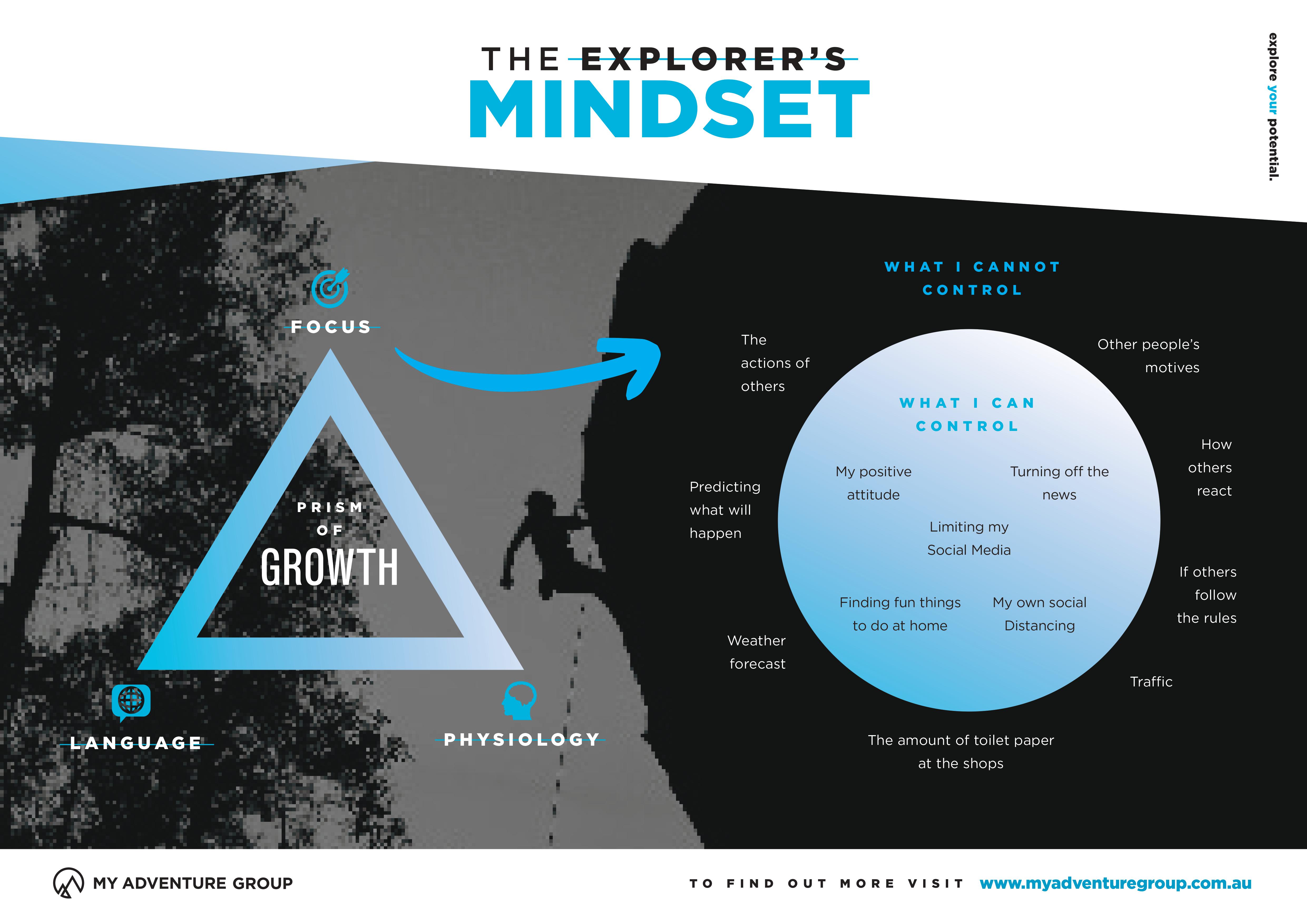10 Things You Can Do to Develop a Growth Mindset
- Focus on what you can control.
- Use empowering language.
- Change your physiology.
- Seek and embrace challenges.
- Step outside your comfort zone.
- Be open to criticism.
- Draw inspiration from the success of others.
- Cultivate self-discipline.
- Celebrate your progress.
- Persist in the face of setbacks.
Talent is overrated. Have you ever thought that you failed because you weren’t smart or talented enough? If so, think again. Not all talented individuals (and teams) achieve their full potential and become successful. More and more research is showing us that MINDSET is the true driver of success.
I wasn’t born as a daredevil, my build and athleticism aren’t anything special. I am of average stature and feel pain just like everybody else. Yet, I was able to pull off two seemingly impossible expeditions: kayaking across the Tasman Sea and skiing to the South Pole and back unsupported. And that is because I developed a growth mindset.
Below are ways you can do to shift from a Fixed to a Growth Mindset:
1 – Focus on what you can control.
It’s easy to get distracted by all the noise in our surroundings. Focus on those things that you can control. Eliminate distractions and zero in on what truly matters. The things you can’t control (like the weather) are worth being aware of but not focused on.
2 – Use empowering language.
How do you describe yourself? Is it positive, so-so, or negative? Assess your conversations with yourself and others. Embrace positive affirmations and empowering self-talk. Your language will dictate where your mindset goes.
3 – Change your physiology.
Our body’s physical response can have a profound influence on our mental outlook. We could dive into posture, breathing, and stance (all of which are important). However, the one superpower we all possess is the ability to smile. Even during tough times, smiling can trigger a profound positive shift in perspective.
4 – Seek and embrace challenges.
Carol Dweck, a psychologist renowned for her research on growth mindset, sees Michael Jordan as a prime example of someone who embraces failures. Many know that he was cut from his high school varsity team but he turned that adversity as an opportunity to thrive. He worked relentlessly and focused on improving each day. Doing so turned him into one of the greatest basketball players ever.
5 – Step outside your comfort zone.
To develop a growth mindset, you need to get used to taking risks, making mistakes and embracing failures. Try new things, take on new challenges, and consciously put yourself in unfamiliar situations. Use these “failures” as a learning opportunity to grow.
“…growth is impossible if we are not prepared to stretch ourselves…”
6 – Be open to criticism.
When you seek and listen to feedback from other people, you will gain a fresh perspective. If you have a strong bias then you are subconsciously building a defensive wall, blocking the opportunity for growth.
7 – Draw inspiration from the success of others.
A part of developing a growth mindset is being supportive of the success of others. But don’t just cheer them on, seek advice and find inspiration. Take their achievements as a motivation to strive to be better and explore your potential.
8- Cultivate self-discipline.
Self-awareness is essential in shifting from a fixed to a growth mindset. Spare a few minutes to reflect on how you have approached opportunities recently. Were you open to them or reserved? You must be perceptive of your own emotions, thoughts, and actions.
9- Celebrate your progress.
Celebrating our progress during our Crossing the Ditch expedition was essential for maintaining morale and resilience. It gave us an excuse to reward ourselves, resulting in a boost to our morale and our confidence. When you are working towards a goal, take the time to celebrate your milestones. It will help you to stay motivated and keep moving forward.
10 – Persist in the face of setbacks.
Lastly, learn to never give up! This goes back to step four. When you feel like burning out, take a step back, assess the situation, and remember your purpose. Remember what drives you to keep moving forward.
Shifting from a fixed to a growth mindset takes time and effort, but it is one of the most important things you can do for your personal and professional development.
If you want to work with me in developing the mindset of the people in your organisation, book a chat with me. Through interactive learning experiences, I inspire and guide people in developing a growth mindset.

